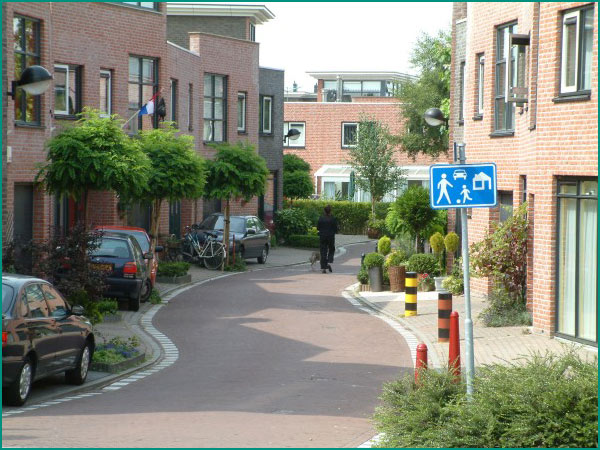Speed bumps
This week's Current reports in "Humps halted to allow community input," that the neighborhood traffic calming program in DC doesn't have a set of standard decision criteria on which to make decisions about whether or not to install speed bumps. They just do it--provided 75% of the residents on a block agree to it.
From the article:
The Transportation Department had planned to construct the three speed humps this month after receiving a petition requesting the traffic-calming devices signed by 75 percent of the block's residents.
The petition observed that drivers tend to speed down the street and agency engineers determined that the street met basic requirements for speed humps. Some streets, such as those on steep inclines or bus routes, are ineligible for humps. ...
Chamberlin explained that the agency's approach to traffic calming has changed a few times in recent years. Prior to 2008, any time residents requested traffic calming, the Transportation Department would respond by conducting a lengthy study. Agency officials would determine whether there was a speeding problem, make recommendations for combating it, and then put in place traffic-calming devices like speed humps.
"What came out of this, unfortunately, was a backlog." Chamberlin siad. "And we were getting a lot of complaints.
So the department changed its speed-hump policy. No longer did a street need to have a speeding problem. rather most residents (75 percent) on a block had to want speed humps, and the street had to meet basic engineering requirements.
The reason I generally am against speed bumps is because I think the real issue is re-engineering neighborhood streets to more naturally be driven at neighborhood-appropriate speeds. Something like the idea of woonerfs.

Image from the ASLA Dirt blog interview with David Owen.
Most jurisdictions with traffic calming programs have specific processes in place to determine need and appropriateness. E.g., the program in Baltimore County or Tempe, Arizona makes very clear how to go about the process, and at least in Baltimore County, only streets where a problem has been confirmed are eligible for the treatment.
The Tempe manual is an excellent explication of the various types of treatments that are possible and the types of problems and streets where the city has determined that their use is appropriate.
Note that bicycle boulevards are a form of traffic calming too, and that the techniques for creating bicycle boulevards aren't much different from typical traffic calming programs.
Anyway, I think it's crazy to have a "just do it" approach to speed bumps without an objective set of criteria in place to guide the process.
Labels: civic engagement, neighborhood planning, transportation planning



1 Comments:
The effectiveness of Speed humps depends heavily on some critical dimensions: height and length of the humps, spacing, how many there are. It is disappointing that the evaluation doesn't provide any measurements of these critical dimensions. Also,success is evaluated by speed, or how often cars travel faster than the intended speed; this should have been observed and reported more carefully.
Post a Comment
<< Home